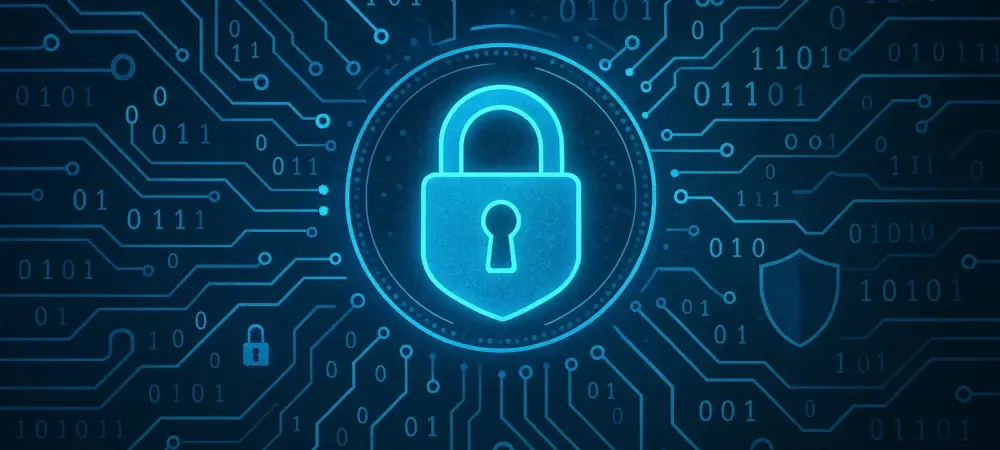Recent cyberattack campaigns have highlighted the vulnerabilities of Microsoft Exchange servers, with threat actors targeting these systems by leveraging known vulnerabilities. By injecting JavaScript keylogger code into login pages, attackers can surreptitiously collect user credentials, posing significant threats to organizations across various sectors. The sophistication of these attacks underscores the essential need for proactive measures to secure systems and prevent unauthorized access.
Tactics Employed by Cybercriminals
Exploiting Server Vulnerabilities
Attackers targeting Microsoft Exchange servers employ a range of tactics aimed at gaining access and evading detection. One primary method involves exploiting known vulnerabilities such as ProxyShell and ProxyLogon. These vulnerabilities provide a gateway for attackers to compromise servers, allowing them to inject malicious JavaScript keyloggers into the system. By embedding keylogger code into legitimate authentication pages, attackers achieve prolonged access to user credentials without alerting security measures. Two main types of keyloggers have been identified: those that store data locally on the compromised servers, making it accessible over the internet, and those that transmit captured data to external servers. The latter method often involves advanced evasion techniques, including Telegram bots accessed through XHR GET requests, and DNS tunneling facilitated via HTTPS POST requests. Such sophisticated methodologies enable attackers to maintain operations over extended periods, posing a persistent threat to affected infrastructure.
Global Reach and Impact
Reports indicate that these campaigns have affected a broad scope of targets in diverse geographic regions. Positive Technologies identified at least 65 victims spanning 26 countries, with various institutions falling prey to such attacks. From government agencies to IT companies and educational institutions, no sector appears immune. Recent targets include major organizations across Vietnam, Russia, Taiwan, China, Pakistan, Lebanon, Australia, Zambia, the Netherlands, and Turkey. This widespread impact underscores the international nature of the threat and the potential ramifications for global security infrastructure. The alarming consistency of these attacks, first recognized in May 2024, suggests similar threats have been ongoing since around 2021. By studying the evolving nature and techniques of these attacks, companies and governments can understand the importance of stringent cybersecurity measures. Entities must be vigilant against old vulnerabilities, continuously update security protocols, and ensure robust defenses to mitigate risks and protect sensitive information from malicious agents.
Defensive Measures and Organizational Readiness
Importance of Timely Updates and Patches
A crucial step in countering these threats involves ensuring that all Microsoft Exchange servers are updated and patched consistently. Attackers have been successful in exploiting outdated systems, highlighting the need for timely security updates to seal known vulnerabilities. Organizations must adopt a proactive approach in monitoring their systems, performing regular checks, and understanding that neglected updates could serve as open doors for cybercriminals intent on gaining unauthorized access to sensitive data.
Besides technical updates, organizations are encouraged to conduct a comprehensive audit of currently deployed security measures. Such audits facilitate the identification of gaps that may be present in existing defenses, enabling entities to deploy necessary resources where enhancements are needed most. It is essential that security teams remain current with the latest developments in cybersecurity techniques and threats, utilizing this knowledge to better inform their strategic planning and operational decisions.
Building a Culture of Vigilance
In addition to technical solutions, cultivating a culture of vigilance within an organization plays a vital role in defending against these evolving threats. Educating employees about potential threats can mitigate risks by fostering an environment where cybersecurity awareness is prioritized. Regular training sessions on recognizing phishing attempts, suspicious activities, and reporting anomalies are valuable tools in bolstering an organization’s defenses.
Cybersecurity readiness involves not only preparation but also the ability to quickly react in the face of potential breaches. Organizations should develop a robust incident response plan tailored to their specific environment, ensuring that any breach is swiftly addressed with minimal impact. Employees should be acquainted with this plan, understanding their roles and the necessity of coordination across departments to effectively address any arising threats.
Strategic Steps Forward
Recent cyberattacks have highlighted the security weaknesses within Microsoft Exchange servers. Hackers are exploiting these vulnerabilities by injecting covert JavaScript keylogger code into the login pages of these systems. This malicious code allows them to secretly capture user credentials, including sensitive login information, leading to serious security breaches for organizations across a wide range of sectors. Such credentials can be used for unauthorized access to sensitive company data and resources, potentially leading to financial and reputational damage for the affected organizations. This wave of sophisticated attacks reveals a fundamental truth: organizations must embrace proactive strategies to enhance their cyber defenses. Instead of waiting for vulnerabilities to be exploited, it’s crucial for companies to regularly update and patch their systems, conduct thorough vulnerability assessments, and implement comprehensive security protocols. By doing so, they can significantly reduce the risk of unauthorized access and better protect themselves against future attacks.

